One of the fun things I have experienced in moving beyond building aircraft only has been the use of a much wider color palette. While there are certainly aircraft in all manner of colors, sticking to combat airframes tends to keep the palette very subdued. Of course, this is by necessity – survival in warfare often comes down to being the last one see. So muted greens, browns, and greys rule the day.
As I opened up my hobby world to Gunpla, scifi, and 40K, I actually had to buy quite a bit of new paints. There were colors I’d simply never had in any quantity, if at all. Oranges and purples, pinks and yellow, all sorts of hues across the spectrum, began to appear on my paint shelves.
And the use of them was actually quite a bit different. For a model that depicts a real world combat vehicle, simple gray primer always worked, as the paint over the top did not need to be very bright in appearance. But that same familiar gray did not work well with yellow, or red, or any other primary or secondary color. So some basic adjustment of technique was called for.
Another discovery was that weathering these colors was a bit different. Because they are not real world objects, there is a great deal of freedom to make choices in that regard. The focus shifts from “what was the material under the paint like?” to “what will best display contrast and convey the theme?” I’d have never guessed that I would make frequent use of pink, bright orange, or a bright pale blue for weathering. Yet in many situations, those exact colors work best.
The others aspects of weathering – grime, grease, dirt, and mud – take a slightly different approach too. When it comes to building Gunpla, it has to be kept in mind that the model is depicting an object that would be around 60 feet (18m) if it were real. Thus, appropriate scale thought has to be applied. And thinking in terms of the sheer, massive forces involved for a 60 foot tall object to be able to run and jump… while it is make believe (I know, I know… but it’s true), thinking in terms of real world physics helps drive the weathering. Fluid leaks and mud splashes will happen.
Getting The Model Ready
I wanted to build a Gunpla kit specifically to further explore the weathering process. While I’ve been happy with most of my Gunpla efforts in that regard, I’ve never specifically committed to focus on a kit purely for weathering practice and experimentation. I’ve applied many techniques that are familiar, and also dabbled in a few that aren’t. But always in the back of my mind was the notion of “don’t mess this up.” Yet I realized I needed to give myself permission to fail, if need be, to grow.
So this one may turn out great. Or not. 🙂
The chosen kit was Bandai’s 1/144 HGUC RX-78-2 Revive kit. Though working in this scale will mean some limitations to the scope of weathering I can do, I felt that it’s classic colors – all very primary – and the fact that I could follow an expert guide (more on that) would make for a good experience.
Plus it was a very cheap kit. 😉

I started by priming the inner frame parts with Badger’s Stynylrez black primer. I like to use this color for frame priming, as it makes sure to give plenty of shading, and keeps the frame color more muted. Over this I applied a coat of A.MIG-204 Medium Gunship Gray. This is a great frame color that allows for good shadow and contrast to be added, but is not so bright as to draw attention away from the external armor. A wash of Citadel’s Nuln oil was applied to accentuate the shadows. I like using this product on inner frame parts as it seems to be much more friendly to Bandai plastic. After that dried, a quick drybrush of a light gray color helped bring out the highlights.
For the armor, I primed the red, yellow, and blue parts with Stynylrez White primer, as I wanted these colors to retain a nice, bright appearance. Each was then given a coat of the appropriate paint from Ammo’s Mecha Colors set. (See sidebar.) These colors are perfect for the RX-78-2. They spray nicely through the airbrush, and when applied in a misted fashion to build up color, dry to a very smooth, slightly satin finish.
For the parts that needed to be white, I used the Badger white primer again, but this time with a few drops of gray added in. I do this for two reasons. First, if I primed in pure white, it would be difficult to see if I had good coverage built up with the white paint applied over it. Secondly, having a more muted undercoat will help the armor to be a just a bit darker than pure white. This allows for later highlights to be added with pure white, which I feel helps make the overall look “pop” a bit more.
For the paint, I called on the Ammo Mecha Colors set once more, choosing A.MIG-119 Cold Gray. This is an excellent color for anything that needs to be painted white. It’s light enough that when set next to other colors, it looks truly white. Yet it’s got just a bit of gray to it, allowing for pure white highlights to show when applied. I like it so much, it has become my go to white color across all of the genres I model in.
With all of the armor parts painted, I snapped the kit up. If you’ve built anything from Bandai, you know the enjoyment of building a model that fits this nicely. Prior to building Gunpla, I’d always heard how well Bandai kits fit. Still, I always thought that the gold standard in aircraft – Tamiya – had to be at least equally good. And Tamiya is good… very good. But as I’ve delved into Bandai’s offerings, I realized a new standard had emerged in my mind. Call it the “platinum standard”.
So with the classic Gundam fully assembled, I was ready to plan the weathering.
By The Book

As I’d mentioned previously, I specifically wanted this build to focus on the weathering. If it comes out looking a bit over the top, that’s OK. It’s about learning. While I don’t want it to look like it’s hung out in an old, smoky bar for the last 20 years, if it goes beyond what canon says is likely, that’s OK.
My plan is to go step by step, as much as I can, with the excellent In Combat – Painting Mechas book from Ammo of Mig. This is a gorgeous, colorful book that features several amazing mecha builds, detailing the weathering process. And the first one in the book, by Mig Jimenez himself, is an RX-78-2. What better way to hone my weathering skills than to shamelessly copy follow along with a master of weathering technique?
And I do plan to work step by step, as presented in the book. The process is detailed numerically, showing methods for building up the weathering, layer by layer, to achieve an incredible result. So I’ll go by that method, right on through, trying each item as it is demonstrated. (The kit shown in the book is 1/100 scale, and mine is 1/144th, so if mine doesn’t come out as good, that’s obviously why. Obvs. 😉 )
And hopefully not botch it up in the process. 🙂
I can’t emphasize enough how beneficial this process of branching out has been for me as a modeler. While I felt I’d done a reasonably good job of building and weathering aircraft, working outside of my comfort zone really demonstrated my need for further growth. I know this to be the case when it dawned on me that even with years of experience, I began to encounter things that seemed a bit difficult and puzzling. Some were simply refinements of old techniques, but others were very new.
If you’ve gotten in a bit of a rut, I can highly recommend branching out a bit. If you’ve never built a Gundam kit from Bandai, it’s a great place to start. (And if you’ve only built Gunpla – try an airplane! 😉 ) While the growth and learning may cause a bit of discomfort initially, you’ll find that your enjoyment of the hobby will see a dramatic net growth in time.
Stay tuned – weathering “by the book” will follow!
Photos of Robots & Mecha Colors paint set, and In Combat book, are from the Ammo of Mig website.
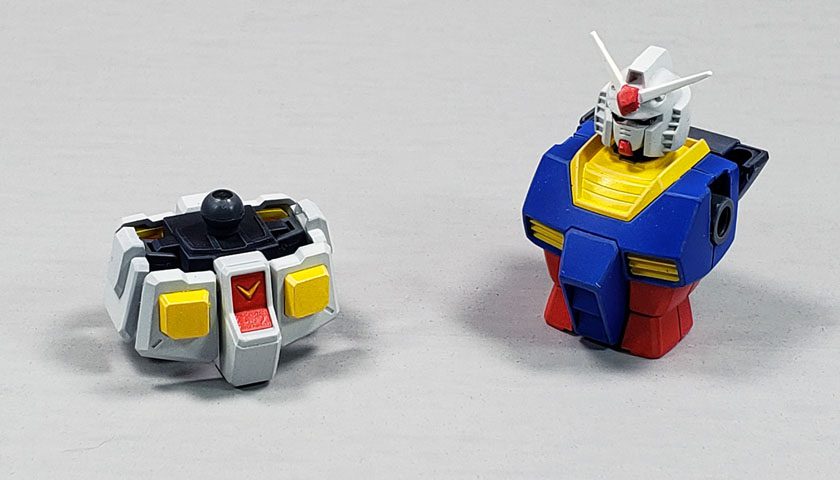
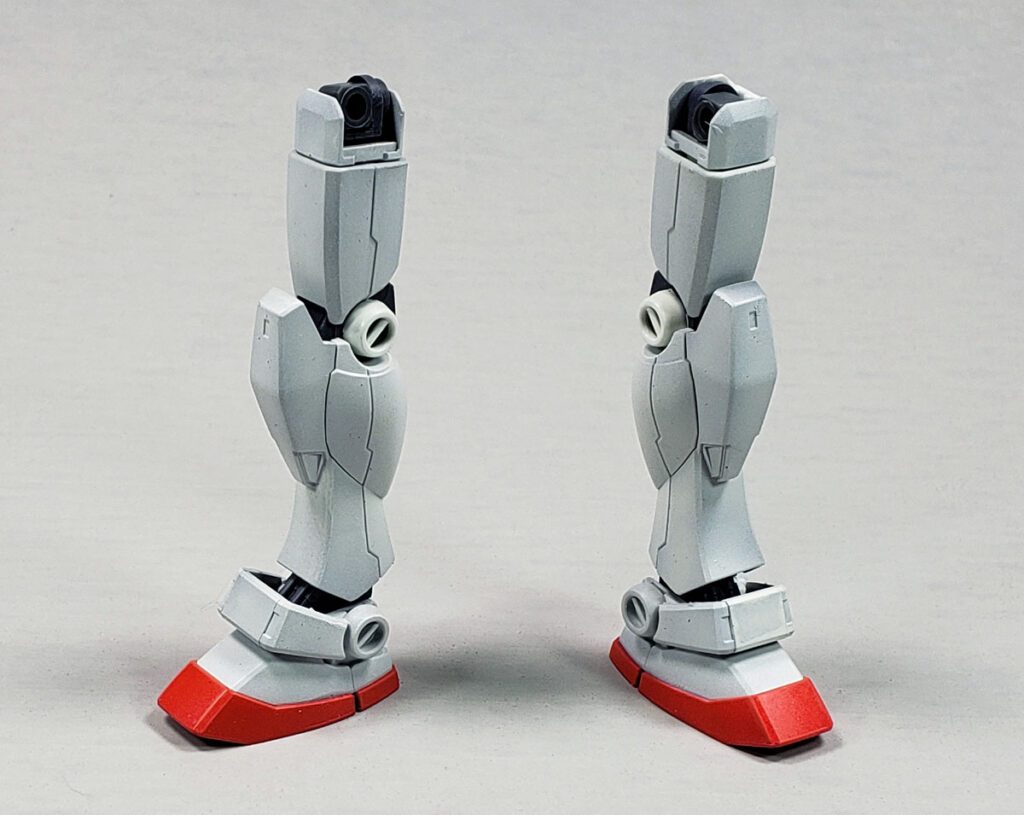
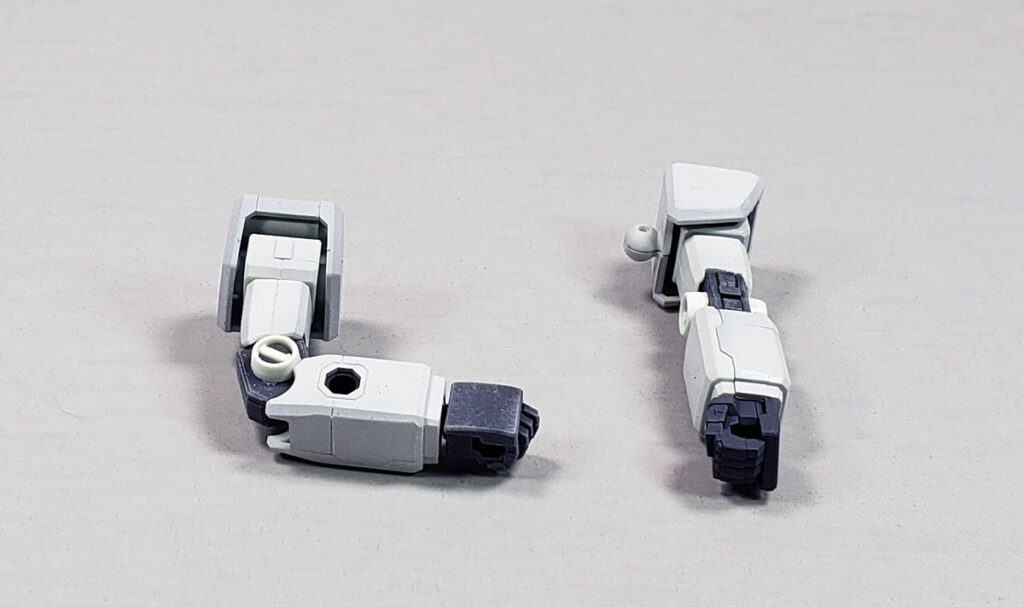
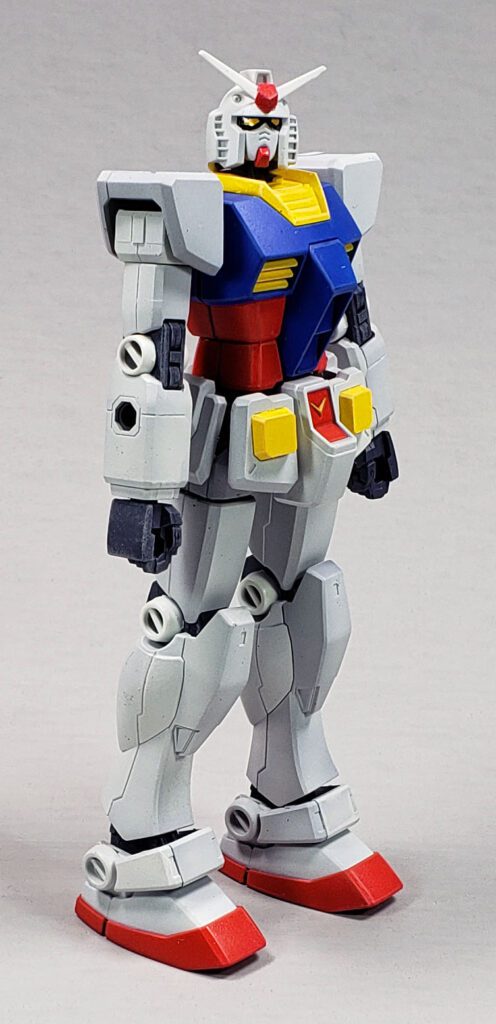
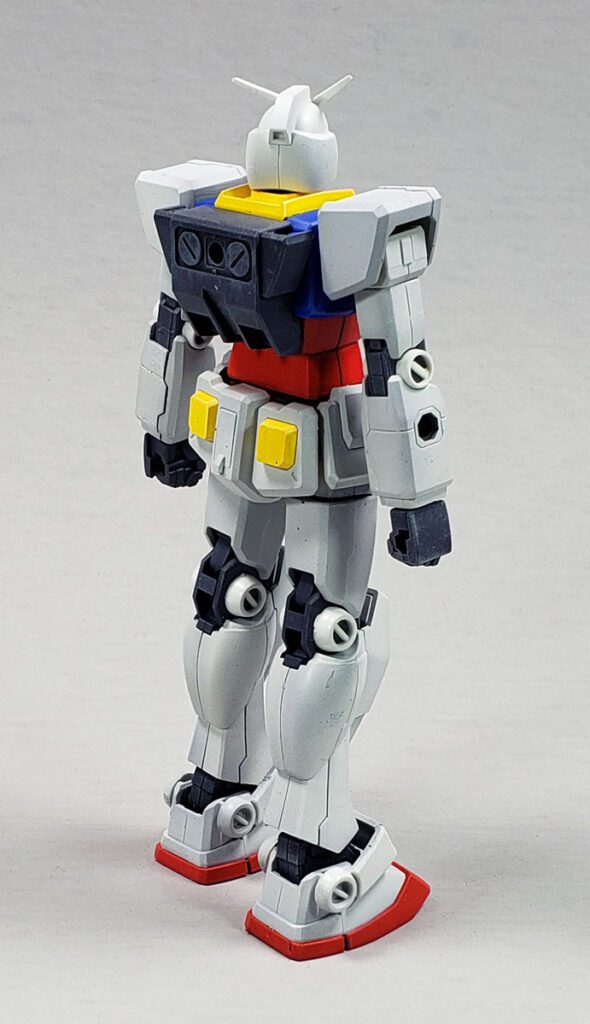
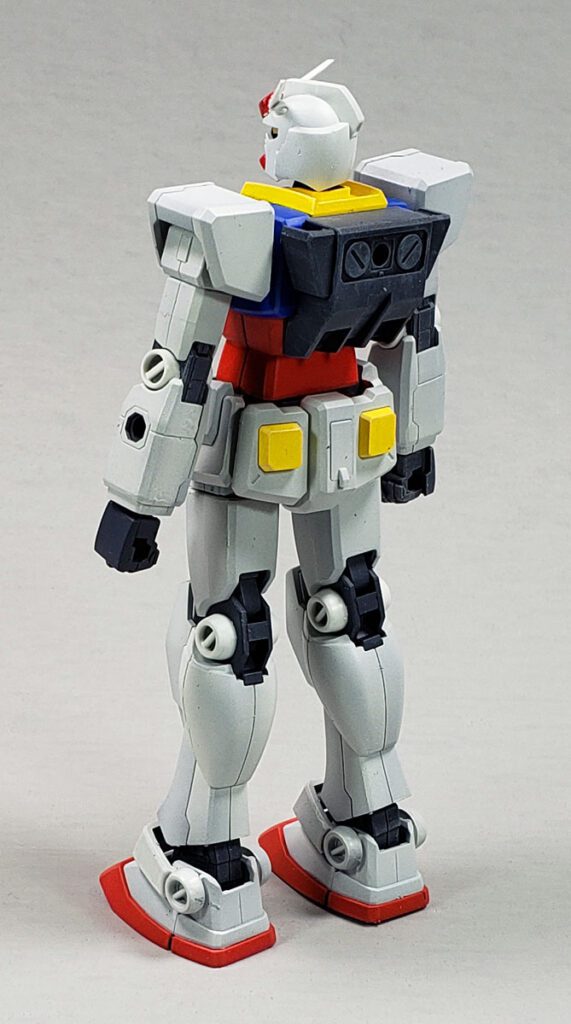
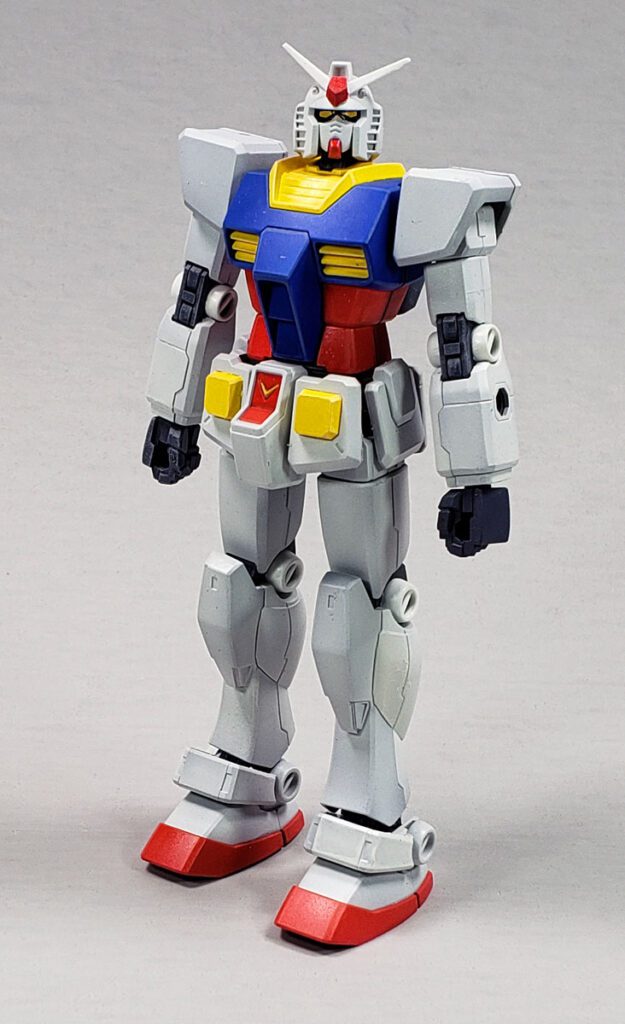
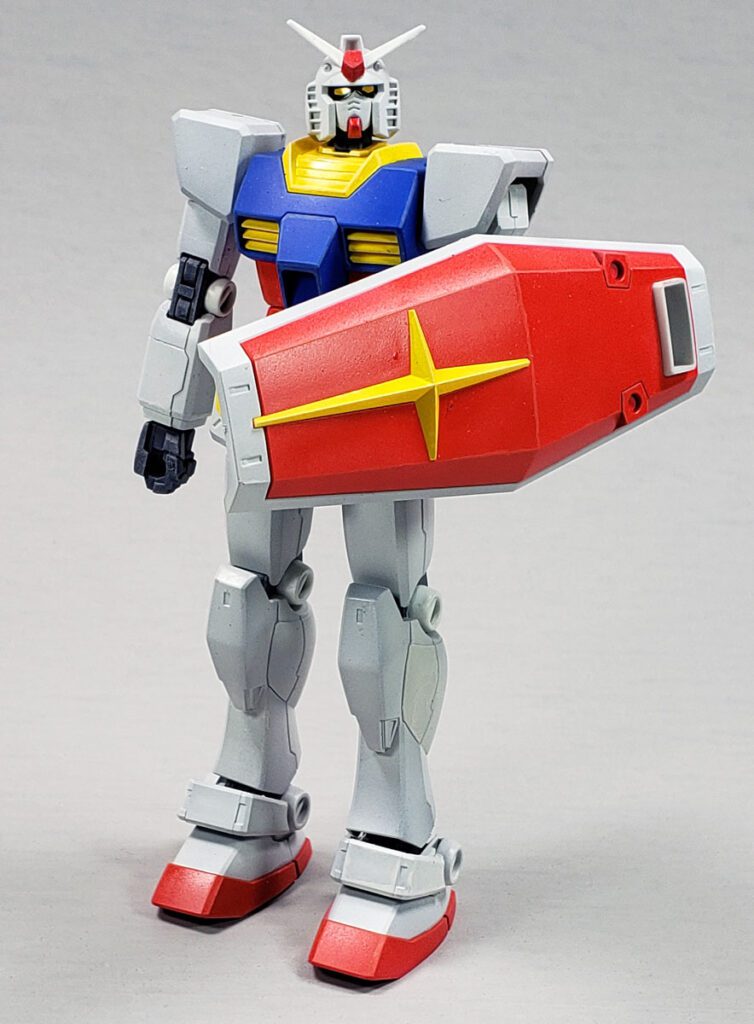

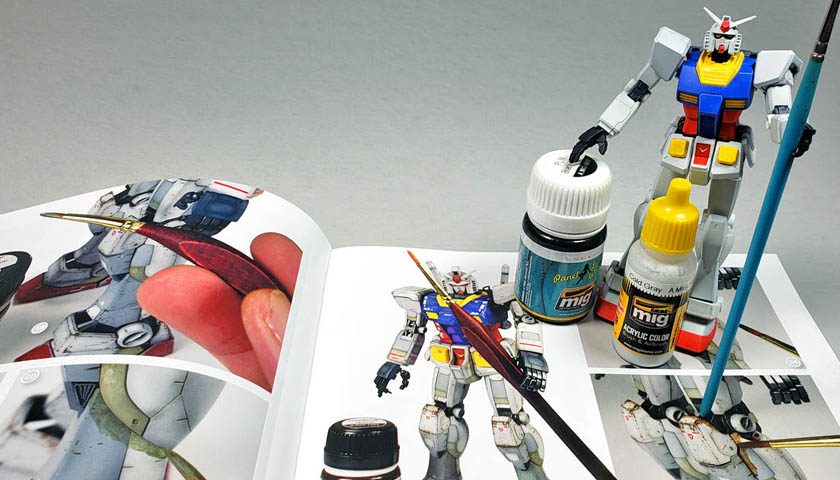
Leave a Reply